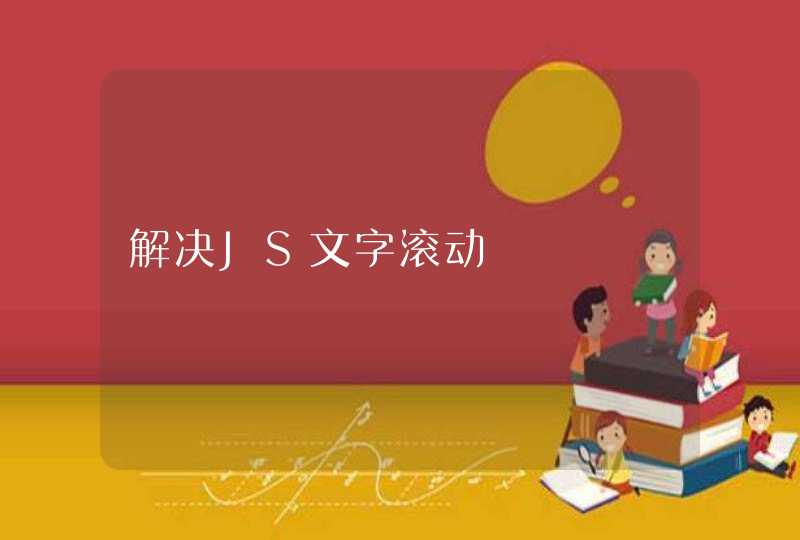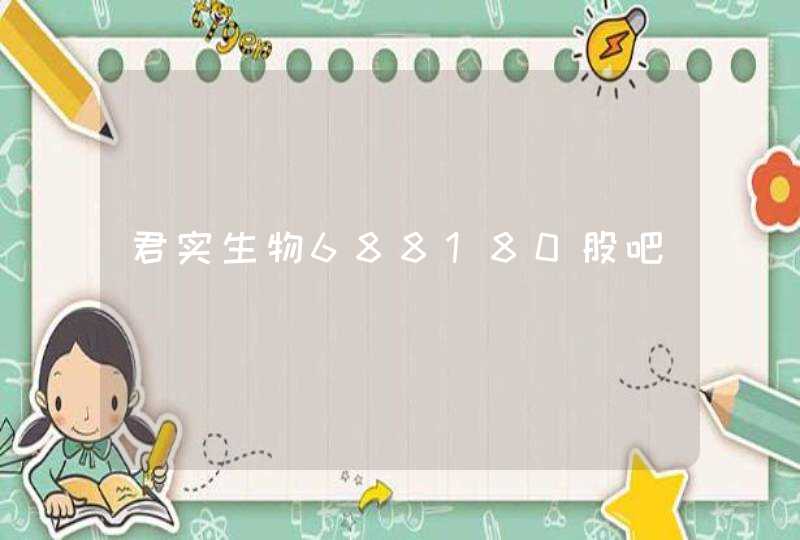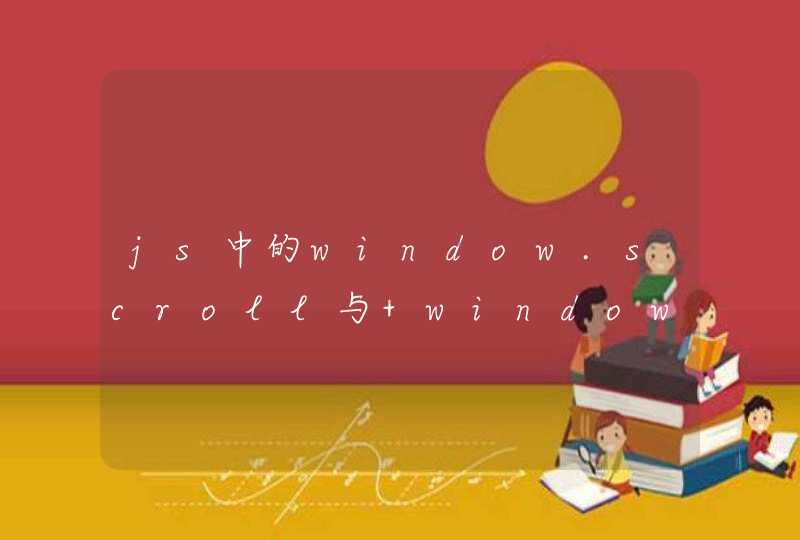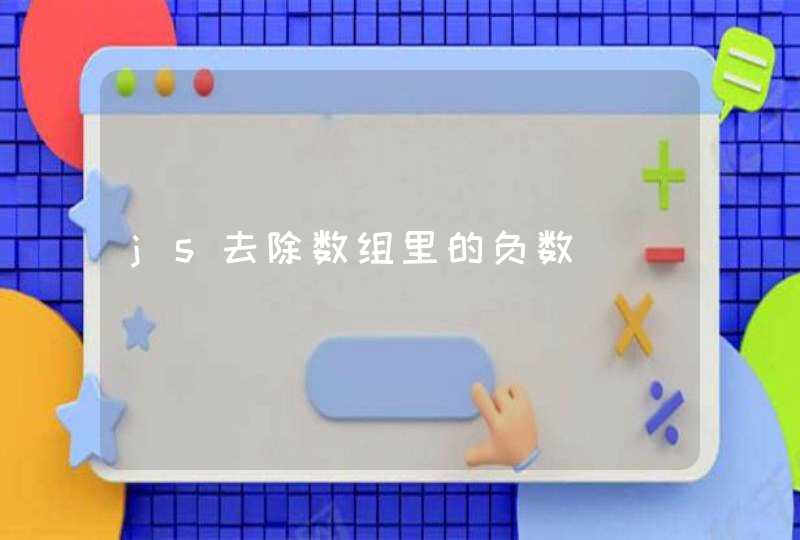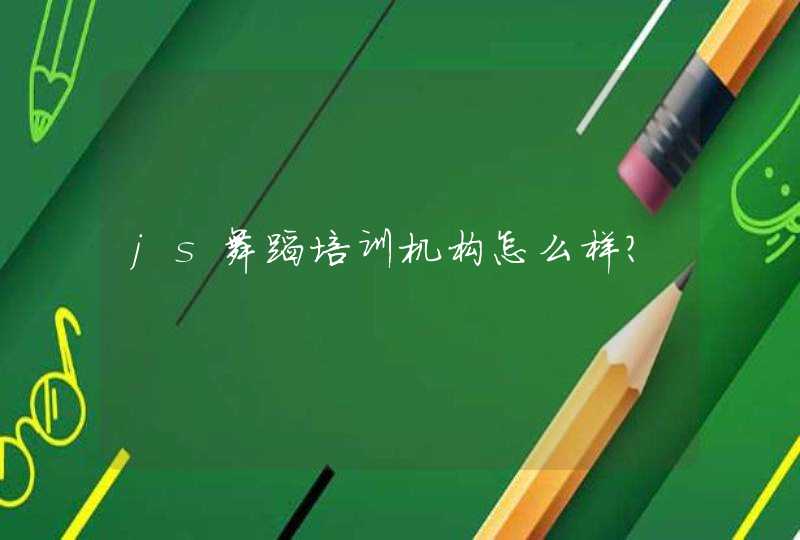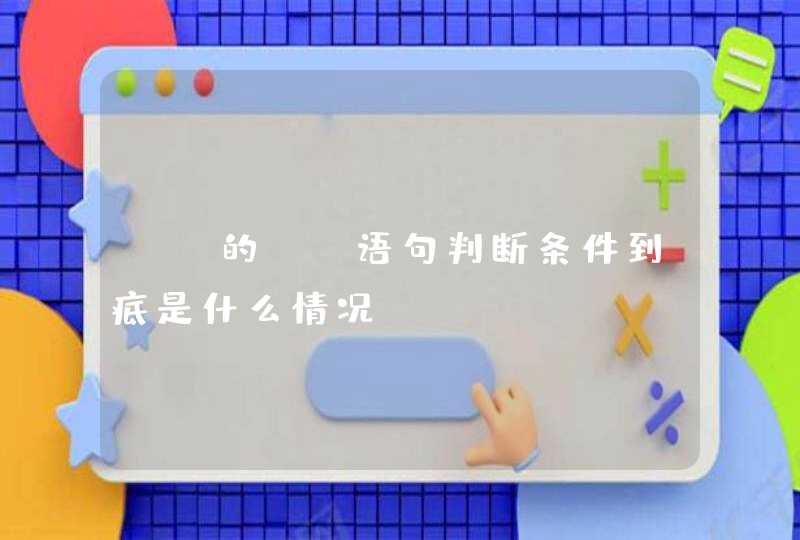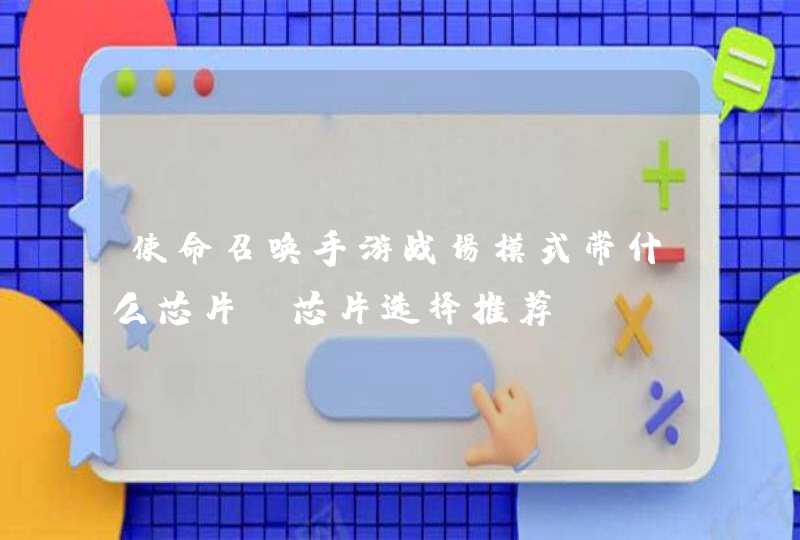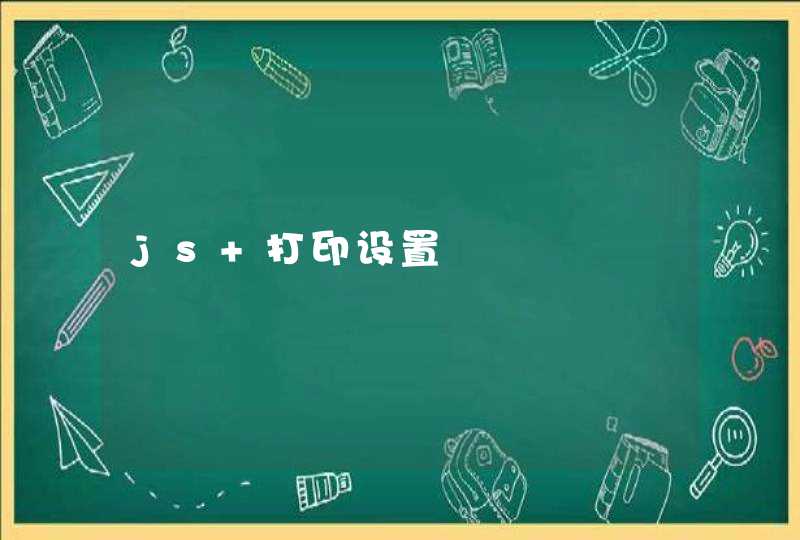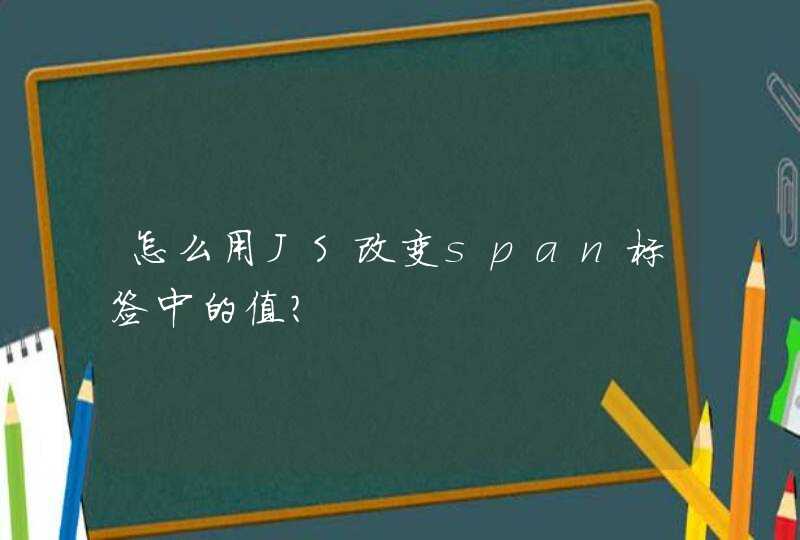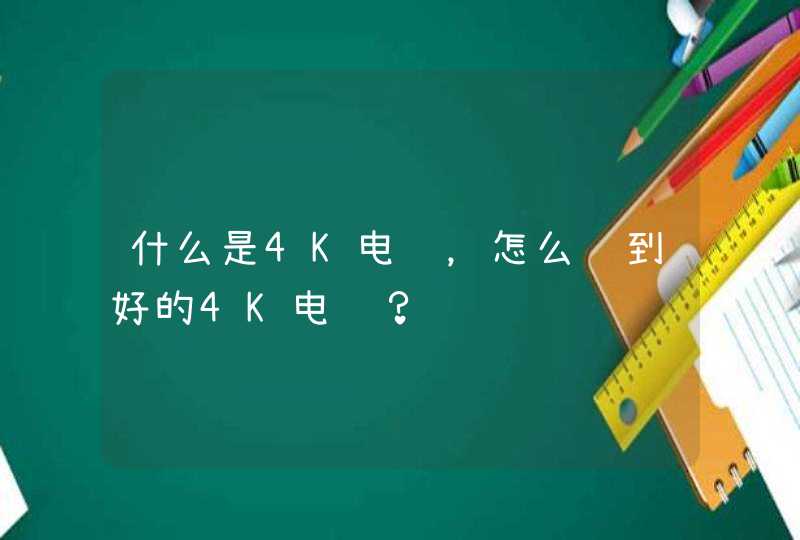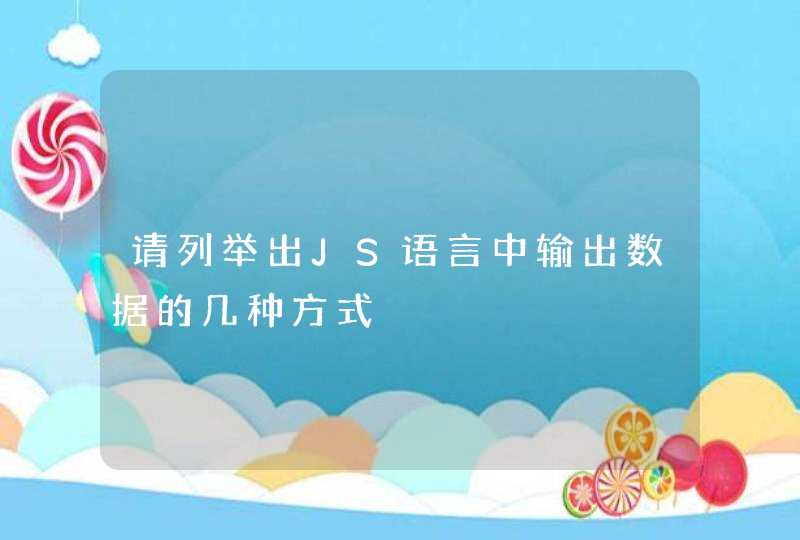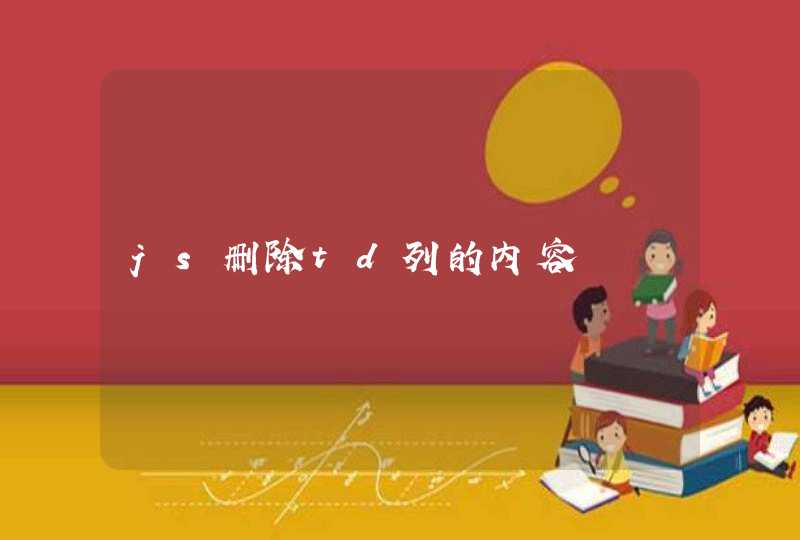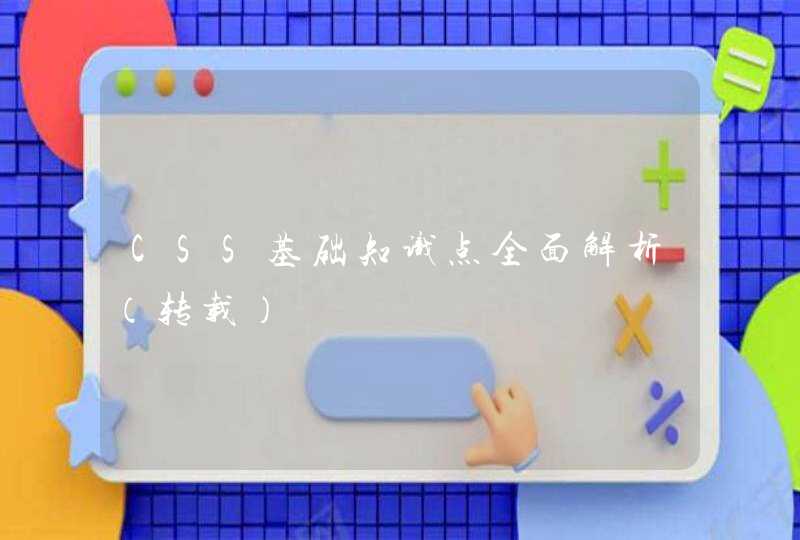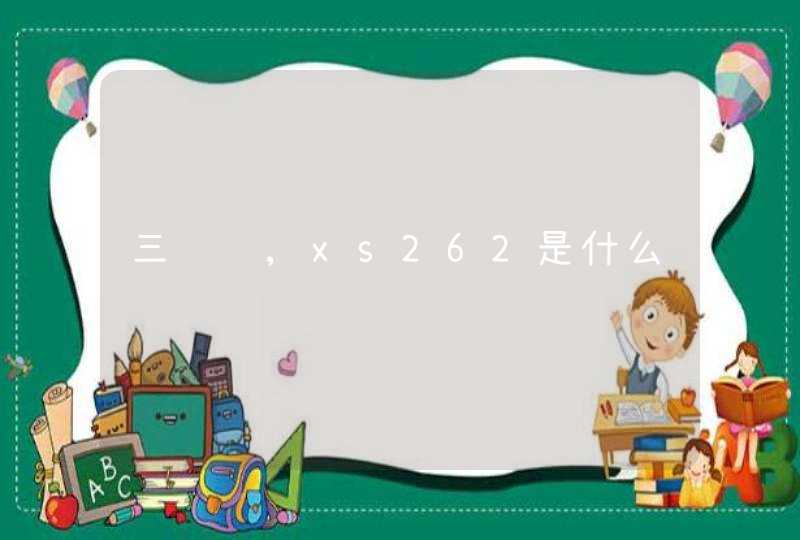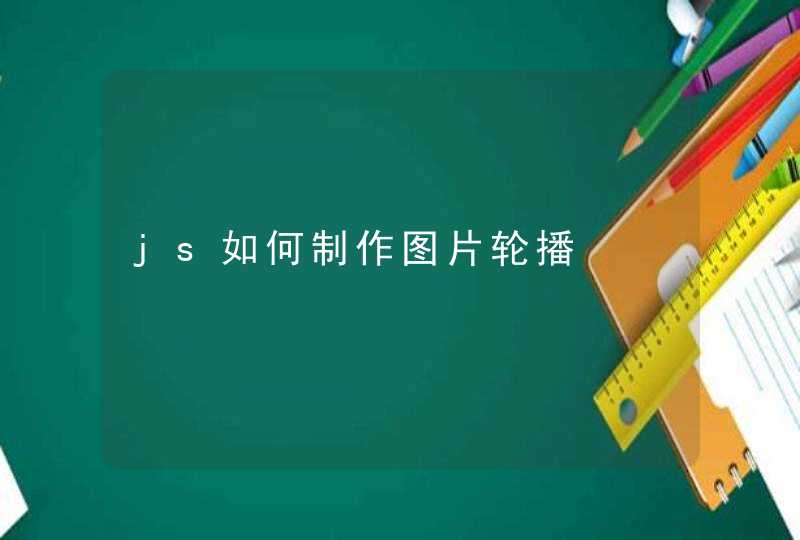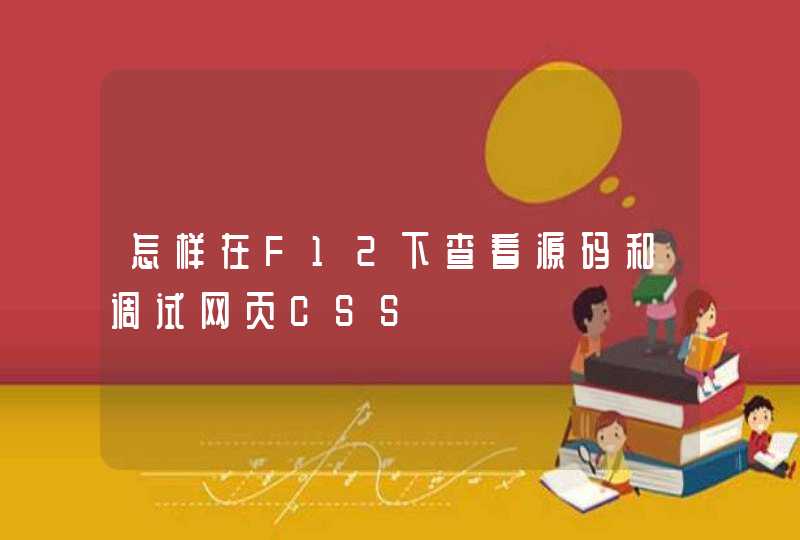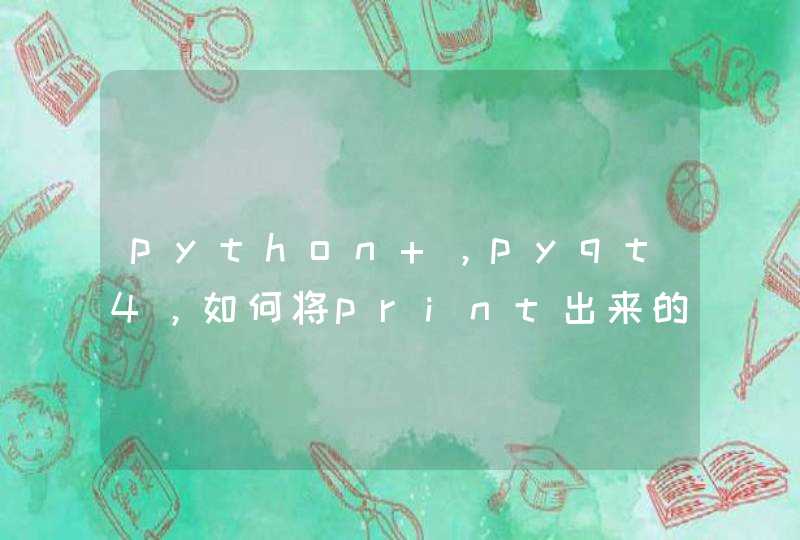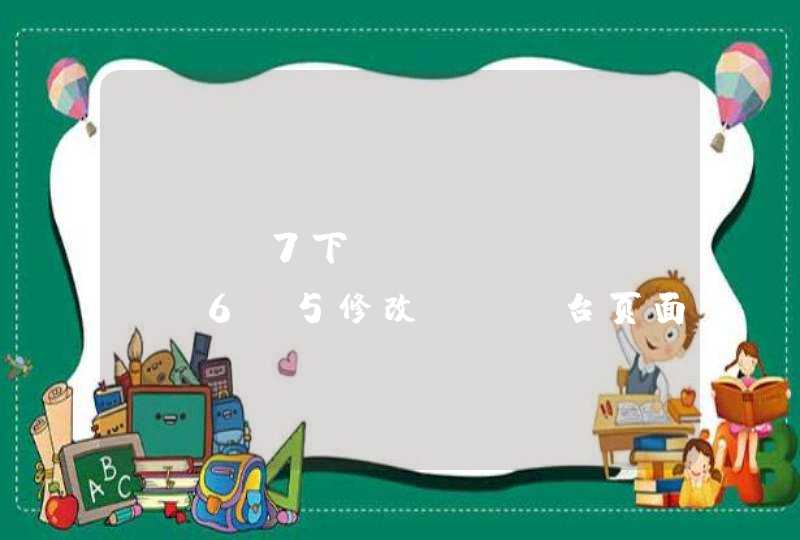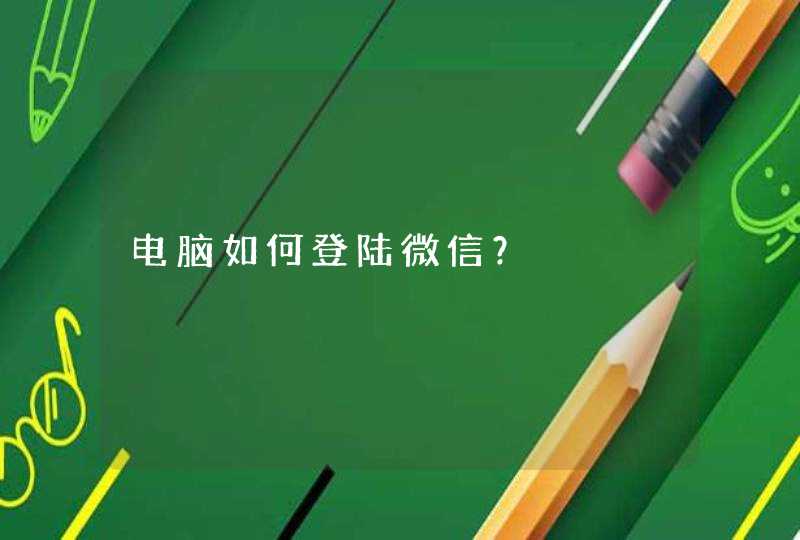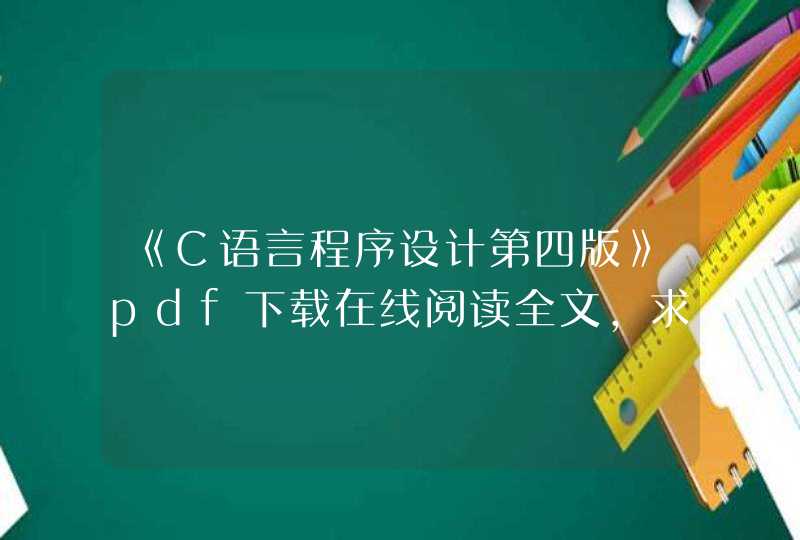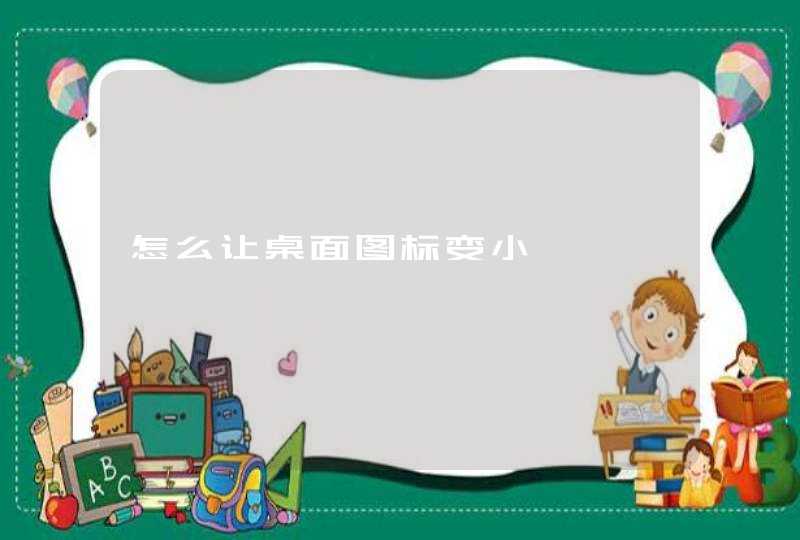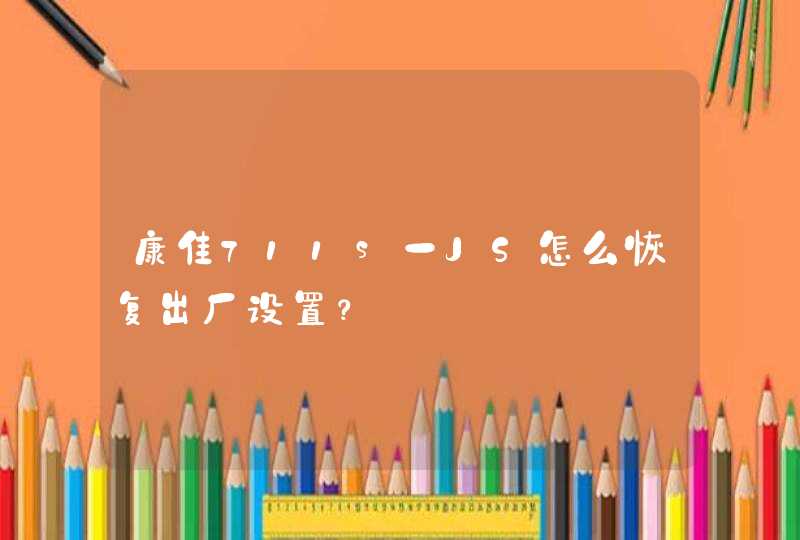
然后音量上键加开机键一起按,进入Rec,看见小机器人后按房子键或者菜单键音量键进入。
选择两个wipe开头的选项(菜单键为确定键,返回还是返回)然后选择Yes。
清除后重启。
这个就等于恢复出厂设置。带rec的安卓手机都可以这样清除。
没有js的,有C的#ifndef G711_H
#define G711_H
/*
* linear2alaw() - Convert a 16-bit linear PCM value to 8-bit A-law
*
* linear2alaw() accepts an 16-bit integer and encodes it as A-law data.
*
* Linear Input CodeCompressed Code
* ------------------------
---------------
* 0000000wxyza 000wxyz
* 0000001wxyza 001wxyz
* 000001wxyzab 010wxyz
* 00001wxyzabc 011wxyz
* 0001wxyzabcd 100wxyz
* 001wxyzabcde 101wxyz
* 01wxyzabcdef 110wxyz
* 1wxyzabcdefg 111wxyz
*
* For further information see John C. Bellamy's Digital Telephony, 1982,
* John Wiley &Sons, pps 98-111 and 472-476.
*/
/* pcm_val is 2's complement (16-bit range) */
unsigned char _af_linear2alaw (short pcm_val)
/*
* alaw2linear() - Convert an A-law value to 16-bit linear PCM
*
*/
short _af_alaw2linear (unsignedchar a_val)
/*
* linear2ulaw() - Convert a linear PCM value to u-law
*
* In order to simplify the encoding process, the original linear magnitude
* is biased by adding 33 which shifts the encoding range from (0 - 8158) to
* (33 - 8191). The result can be seen in the following encoding table:
*
* Biased Linear Input Code
Compressed Code
* ------------------------
---------------
* 00000001wxyza 000wxyz
* 0000001wxyzab 001wxyz
* 000001wxyzabc 010wxyz
* 00001wxyzabcd 011wxyz
* 0001wxyzabcde 100wxyz
* 001wxyzabcdef 101wxyz
* 01wxyzabcdefg 110wxyz
* 1wxyzabcdefgh 111wxyz
*
* Each biased linear code has a leading 1 which identifies the segment
* number. The value of the segment number is equal to 7 minus the number
* of leading 0's. The quantization interval is directly available as the
* four bits wxyz. * The trailing bits (a - h) are ignored.
*
* Ordinarily the complement of the resulting code word is used for
* transmission, and so the code word is complemented before it is returned.
*
* For further information see John C. Bellamy's Digital Telephony, 1982,
* John Wiley &Sons, pps 98-111 and 472-476.
*/
/* pcm_val is 2's complement (16-bit range) */
unsigned char _af_linear2ulaw (short pcm_val)
/*
* ulaw2linear() - Convert a u-law value to 16-bit linear PCM
*
* First, a biased linear code is derived from the code word. An unbiased
* output can then be obtained by subtracting 33 from the biased code.
*
* Note that this function expects to be passed the complement of the
* original code word. This is in keeping with ISDN conventions.
*/
short _af_ulaw2linear (unsignedchar u_val)
void G711Encoder(short *pcm,unsignedchar *code,int
size,int lawflag)
void G711Decoder(short *pcm,unsignedchar *code,int
size,int lawflag)
#endif /* G711_H */
/*
* This source code is a product of Sun Microsystems, Inc. and is provided
* for unrestricted use. Users may copy or modify this source code without
* charge.
*
* SUN SOURCE CODE IS PROVIDED AS IS WITH NO WARRANTIES OF ANY KIND INCLUDING
* THE WARRANTIES OF DESIGN, MERCHANTIBILITY AND FITNESS FOR A PARTICULAR
* PURPOSE, OR ARISING FROM A COURSE OF DEALING, USAGE OR TRADE PRACTICE.
*
* Sun source code is provided with no support and without any obligation on
* the part of Sun Microsystems, Inc. to assist in its use, correction,
* modification or enhancement.
*
* SUN MICROSYSTEMS, INC. SHALL HAVE NO LIABILITY WITH RESPECT TO THE
* INFRINGEMENT OF COPYRIGHTS, TRADE SECRETS OR ANY PATENTS BY THIS SOFTWARE
* OR ANY PART THEREOF.
*
* In no event will Sun Microsystems, Inc. be liable for any lost revenue
* or profits or other special, indirect and consequential damages, even if
* Sun has been advised of the possibility of such damages.
*
* Sun Microsystems, Inc.
* 2550 Garcia Avenue
* Mountain View, California 94043
*/
#include "g711.h"
#define SUPERCEDED
/*
* g711.c
*
* u-law, A-law and linear PCM conversions.
*/
#define SIGN_BIT (0x80)/* Sign bit for a A-law byte. */
#define QUANT_MASK (0xf)/* Quantization field mask. */
#define NSEGS (8)/* Number of A-law segments. */
#define SEG_SHIFT (4)/* Left shift for segment number. */
#define SEG_MASK (0x70)/* Segment field mask. */
/* copy from CCITT G.711 specifications */
unsigned char _u2a[128] = {/* u- to A-law conversions
*/
1,1,
2,2,
3,3,
4,4,
5,5,
6,6,
7,7,
8,8,
9,10,
11,12,
13,14,
15,16,
17,18,
19,20,
21,22,
23,24,
25,27,
29,31,
33,34,
35,36,
37,38,
39,40,
41,42,
43,44,
46,48,
49,50,
51,52,
53,54,
55,56,
57,58,
59,60,
61,62,
64,65,
66,67,
68,69,
70,71,
72,73,
74,75,
76,77,
78,79,
81,82,
83,84,
85,86,
87,88,
89,90,
91,92,
93,94,
95,96,
97,98,
99,100,
101,102,
103,104,
105,106,
107,108,
109,110,
111,112,
113,114,
115,116,
117,118,
119,120,
121,122,
123,124,
125,126,
127,128}
unsigned char _a2u[128] = {/* A- to u-law conversions
*/
1,3,
5,7,
9,11,
13,15,
16,17,
18,19,
20,21,
22,23,
24,25,
26,27,
28,29,
30,31,
32,32,
33,33,
34,34,
35,35,
36,37,
38,39,
40,41,
42,43,
44,45,
46,47,
48,48,
49,49,
50,51,
52,53,
54,55,
56,57,
58,59,
60,61,
62,63,
64,64,
65,66,
67,68,
69,70,
71,72,
73,74,
75,76,
77,78,
79,79,
80,81,
82,83,
84,85,
86,87,
88,89,
90,91,
92,93,
94,95,
96,97,
98,99,
100,101,
102,103,
104,105,
106,107,
108,109,
110,111,
112,113,
114,115,
116,117,
118,119,
120,121,
122,123,
124,125,
126,127}
/* see libst.h */
#ifdef SUPERCEDED
static short seg_end[8] = {0xFF,0x1FF,
0x3FF,0x7FF,
0xFFF,0x1FFF,
0x3FFF,0x7FFF}
static short
search(short val,short *table,
short size)
{
shorti
for (i =0i <sizei++) {
if (val <= *table++)
return (i)
}
return (size)
}
/*
* linear2alaw() - Convert a 16-bit linear PCM value to 8-bit A-law
*
* linear2alaw() accepts an 16-bit integer and encodes it as A-law data.
*
* Linear Input CodeCompressed Code
* ------------------------
---------------
* 0000000wxyza 000wxyz
* 0000001wxyza 001wxyz
* 000001wxyzab 010wxyz
* 00001wxyzabc 011wxyz
* 0001wxyzabcd 100wxyz
* 001wxyzabcde 101wxyz
* 01wxyzabcdef 110wxyz
* 1wxyzabcdefg 111wxyz
*
* For further information see John C. Bellamy's Digital Telephony, 1982,
* John Wiley &Sons, pps 98-111 and 472-476.
*/
unsigned char
_af_linear2alaw(short pcm_val)
/* 2's complement (16-bit range) */
{
shortmask
shortseg
unsignedchar
aval
if (pcm_val >=0) {
mask = 0xD5/* sign (7th) bit = 1 */
} else {
mask = 0x55/* sign bit = 0 */
pcm_val = -pcm_val-1/* - 8*/
if(pcm_val<0)pcm_val =32767
}
/* Convert the scaled magnitude to segment number. */
seg = search(pcm_val,seg_end,
8)
/* Combine the sign, segment, and quantization bits. */
if (seg >=8)
/* out of range, return maximum value. */
return (0x7F ^ mask)
else {
aval = seg <<SEG_SHIFT
if (seg <2)
aval |= (pcm_val >>4) &
QUANT_MASK
else
aval |= (pcm_val >>(seg +3)) &
QUANT_MASK
return (aval ^ mask)
}
}
/*
* alaw2linear() - Convert an A-law value to 16-bit linear PCM
*
*/
short
_af_alaw2linear( unsignedchar a_val)
{
shortt
shortseg
a_val ^= 0x55
t = (a_val &QUANT_MASK) <<4
seg = ((unsigned)a_val &SEG_MASK) >>
SEG_SHIFT
switch (seg) {
case0:
t += 8
break
case1:
t += 0x108
break
default:
t += 0x108
t <<= seg - 1
}
return ((a_val &SIGN_BIT) ? t : -t)
}
#define BIAS (0x84)/* Bias for linear code. */
/*
* linear2ulaw() - Convert a linear PCM value to u-law
*
* In order to simplify the encoding process, the original linear magnitude
* is biased by adding 33 which shifts the encoding range from (0 - 8158) to
* (33 - 8191). The result can be seen in the following encoding table:
*
* Biased Linear Input Code
Compressed Code
* ------------------------
---------------
* 00000001wxyza 000wxyz
* 0000001wxyzab 001wxyz
* 000001wxyzabc 010wxyz
* 00001wxyzabcd 011wxyz
* 0001wxyzabcde 100wxyz
* 001wxyzabcdef 101wxyz
* 01wxyzabcdefg 110wxyz
* 1wxyzabcdefgh 111wxyz
*
* Each biased linear code has a leading 1 which identifies the segment
* number. The value of the segment number is equal to 7 minus the number
* of leading 0's. The quantization interval is directly available as the
* four bits wxyz. * The trailing bits (a - h) are ignored.
*
* Ordinarily the complement of the resulting code word is used for
* transmission, and so the code word is complemented before it is returned.
*
* For further information see John C. Bellamy's Digital Telephony, 1982,
* John Wiley &Sons, pps 98-111 and 472-476.
*/
/* 2's complement (16-bit range) */
unsigned char _af_linear2ulaw (short pcm_val)
{
shortmask
shortseg
unsignedchar
uval
/* Get the sign and the magnitude of the value. */
if (pcm_val <0) {
pcm_val = BIAS - pcm_val
mask = 0x7F
} else {
pcm_val += BIAS
mask = 0xFF
}
/* Convert the scaled magnitude to segment number. */
seg = search(pcm_val,seg_end,
8)
/*
* Combine the sign, segment, quantization bits
* and complement the code word.
*/
if (seg >=8)
/* out of range, return maximum value. */
return (0x7F ^ mask)
else {
uval = (seg <<4) | ((pcm_val >>(seg +3)) &
0xF)
return (uval ^ mask)
}
}
/*
* ulaw2linear() - Convert a u-law value to 16-bit linear PCM
*
* First, a biased linear code is derived from the code word. An unbiased
* output can then be obtained by subtracting 33 from the biased code.
*
* Note that this function expects to be passed the complement of the
* original code word. This is in keeping with ISDN conventions.
*/
short _af_ulaw2linear (unsignedchar u_val)
{
shortt
/* Complement to obtain normal u-law value. */
u_val = ~u_val
/*
* Extract and bias the quantization bits. Then
* shift up by the segment number and subtract out the bias.
*/
t = ((u_val &QUANT_MASK) <<3) +
BIAS
t <<= ((unsigned)u_val &SEG_MASK) >>
SEG_SHIFT
return ((u_val &SIGN_BIT) ? (BIAS - t) : (t -BIAS))
}
#endif
/* A-law to u-law conversion */
unsigned char
alaw2ulaw(unsignedchar aval)
{
aval &= 0xff
return ((aval &0x80) ? (0xFF ^_a2u[aval
^ 0xD5]) :
(0x7F ^_a2u[aval ^
0x55]))
}
/* u-law to A-law conversion */
unsigned char
ulaw2alaw(unsignedchar uval)
{
uval &= 0xff
return ((uval &0x80) ? (0xD5 ^ (_u2a[0xFF
^ uval] -1)) :
(0x55 ^ (_u2a[0x7F ^ uval] -1)))
}
//lawflag :0-A,1-U
void G711Encoder(short *pcm,unsignedchar *code,int
size,int lawflag)
{
int i
if(lawflag==0){
for(i=0i<sizei++){
code[i]=_af_linear2alaw(pcm[i])
}
}
else{
for(i=0i<sizei++){
code[i]=_af_linear2ulaw(pcm[i])
}
}
}
void G711Decoder(short *pcm,unsignedchar *code,int
size,int lawflag)
{
int i
if(lawflag==0){
for(i=0i<sizei++){
pcm[i]=_af_alaw2linear(code[i])
}
}
else{
for(i=0i<sizei++){
pcm[i]=_af_ulaw2linear(code[i])
}
}
}



